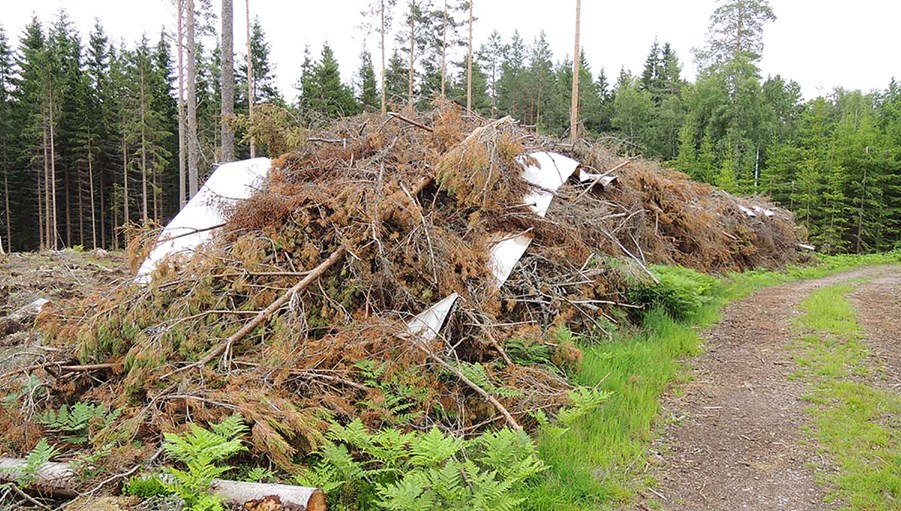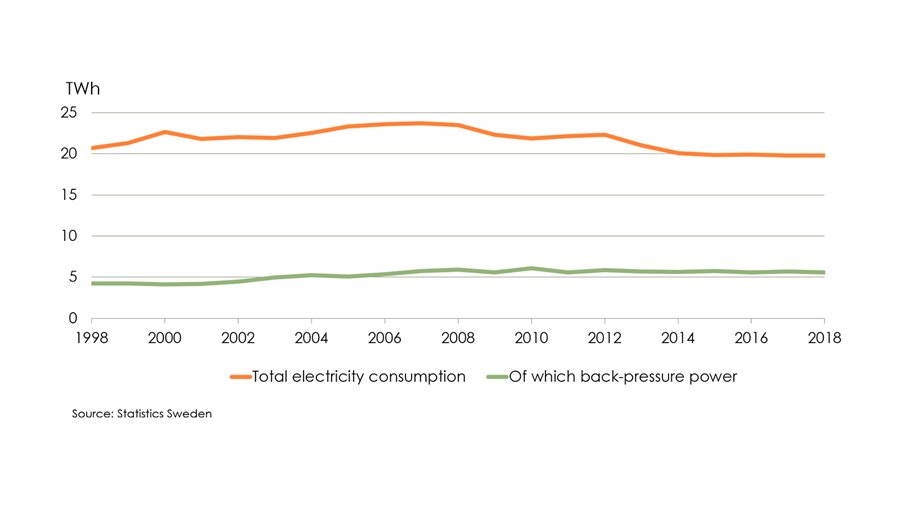
Mårten O Larsson, bioenergy expert at the Swedish Forest Industries Federation, explains why biomass is key to meeting the EU’s new 2030 climate and renewables targets, and how existing legislation ensures its sustainability.
What is the role of bioenergy in meeting the EU’s new 2030 climate and, by extension, renewables targets?
“Bioenergy is one of the most cost-efficient and versatile options we have. We will need more of it. It is a form of dispatchable power that can complement variable renewables such as solar and wind power, and bring stability to the grid. It is also a basis for renewable liquid fuels that will be needed in parallel to the electrification of transport.
Many countries have a large potential to produce and use greater quantities of sustainable bioenergy via 'win-win' pathways. That is the case in Sweden. A lot of our bioenergy comes from logging residues. If we expand production, it will be through such win-win pathways.”
How can EU policymakers ensure that forest bioenergy is sustainable, even in greater quantities?
“The EU’s existing climate and energy legislation guarantees the sustainability of bioenergy.
In a new report in January 2021, scientists from the European Commission's Joint Research Centre (JRC) conclude that the existing land use, land-use change and forestry (LULUCF) regulation and biomass sustainability criteria in the EU’s renewable energy directive (REDII) enable us to handle most of the risks around bioenergy.
The key is to implement those sustainability criteria swiftly and efficiently, and to evaluate them according to plan in 2026.
The scientists explore various scenarios for expanded bioenergy use and come to the same conclusion: many of the risks can be managed effectively by the current legislation and voluntary certification schemes that accompany it. Nevertheless, it is important for the member states to be aware of the risks associated with each scenario and prioritize low-risk scenarios.
In sum, the JRC concludes that the EU’s carbon accounting framework for bioenergy is sufficient. This puts to bed the arguments over whether bioenergy is bad for climate change. All the biogenic carbon is accounted for. It is not a guarantee that all bioenergy is carbon neutral, but it is a guarantee that you would know if it was not.
The scientists also conclude that most of the bioenergy in Europe comes from wastes and residues - these are described as ‘win-win’ pathways in the JRC report - and is used according to the cascading principle. This means that only biomass for which there is no higher value-added business case, is turned into energy.”
How should the EU’s renewable energy directive (REDII) be revised?
“We will need more renewable energy so raise the targets but do not change the rules for existing technologies such as bioenergy.
The report is pretty clear that the existing sustainability criteria for woody biomass are a good way forward. I do not think we need to update the REDII sustainability criteria right now. It is more about implementation than stricter legislation. The important thing is that each country transposes REDII into national legislation - the deadline is June 2021 - and applies it to their national climate and energy plans.
We should stick to the REDII framework and let businesses continue their investment planning out to 2030. This also true for liquid biofuels - the list of sustainable feedstocks in Annex IX should not be re-visited now just as companies are starting to invest for the next decade.”
What can EU policymakers do to support a greater role for bioenergy going forward?
“They can support data collection to help confirm that bioenergy is sustainable, and keep monitoring the sustainability criteria to ensure these are sufficient. They can help with reports like the JRC report, to find a common base to discuss the risks around bioenergy and how to handle them.
For example, we need to be clear that there is no point in looking at the carbon cycle for one tree; we need to look at the carbon cycle for the whole forest, that is what impacts climate change. The Paris Agreement and EU regulations work on the basis of national forest stocks.”
Is there ever a case for burning whole trees?
“It is extremely difficult to specify different categories of forest biomass and how to use them. It has been tried before and deemed impossible. The idea behind it, which we support, is to produce as much value as possible from a tree. This is what the cascading principle aims to do and the good news is that the JRC confirms that most of the time, it delivers.
At the heart of sustainable woody biomass is sustainable forest management. Decisions over what trees to fell and how to use them are part of every country's national sustainable forest management strategy, which takes into account economic, social and environmental needs. This enables a country to ensure its woody biomass is sustainable.”
The JRC report identifies some high risk ‘lose-lose’ pathways that it says current legislation does not exclude.
“It may not explicitly exclude them but many of their consequences will be made visible by current legislation such as LULUCF. Member states that are considering these potential pathways must be aware of the risks and handle them.
In practice, the ‘lose-lose’-pathways are not relevant for Sweden and probably not for most other member states either. The conversion of natural landscapes to large-scale bioenergy plantations, for example, is unlikely for many reasons.


